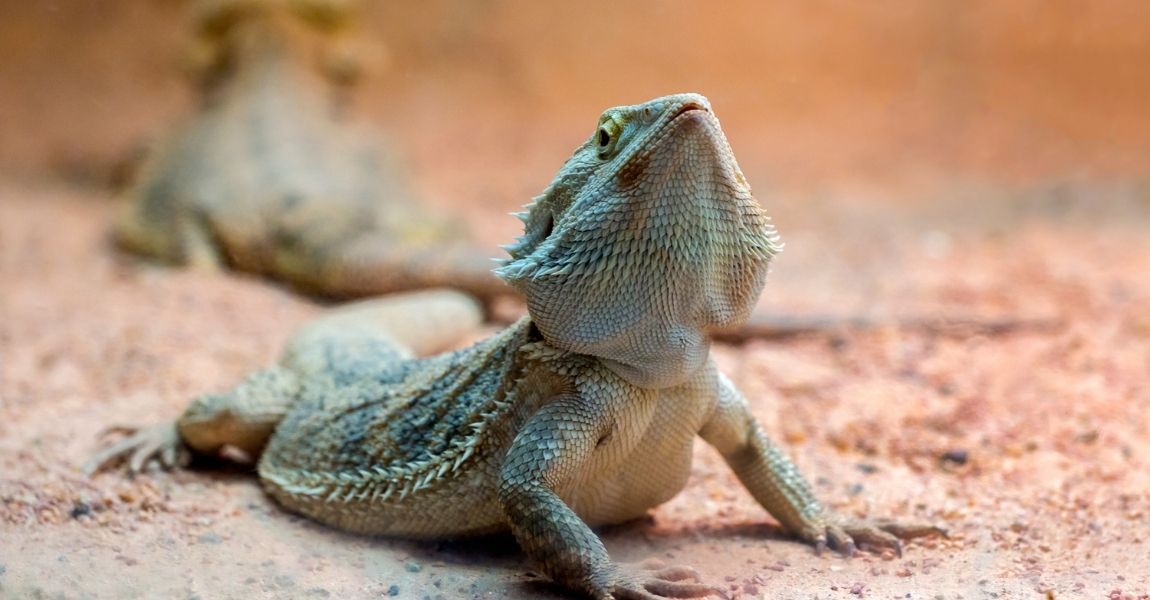Sugar gliders are adorable and fascinating creatures known for their playful nature and unique characteristics. If you are a sugar glider owner or considering adopting one, being able to determine the gender of your pet is important for their care and overall well-being. In this article, we will explore several methods to help you identify the gender of a pet sugar glider.
Examination of the Cloaca:
The most accurate method to determine the gender of a sugar glider is by examining the cloaca, the common opening for the urinary, reproductive, and digestive systems. In males, the distance between the anus and the tip of the penis is relatively long, usually around 8 to 10 millimeters. In females, the distance is significantly shorter, about 2 to 4 millimeters.
Size and Weight:
In general, male sugar gliders tend to be slightly larger and heavier than females. However, the difference is often subtle and may not be easily noticeable, especially in younger gliders. Therefore, size and weight alone should not be the sole basis for determining gender.
Scent Gland:
Male sugar gliders possess a scent gland located in the center of their forehead, just above their nose. This gland appears as a small bald spot, which is absent in females. However, it's important to note that the scent gland may not be fully developed until the sugar glider reaches sexual maturity, making it less reliable for determining the gender in younger gliders.
Behavior:
While not a definitive indicator, observing certain behaviors may provide additional clues about the gender of your sugar glider. Male sugar gliders tend to be more vocal and exhibit territorial behavior, including marking their territory with urine or vocalizing loudly. Females, on the other hand, may display nurturing behaviors such as carrying nesting materials or exhibiting maternal instincts.
Pouch Presence:
Female sugar gliders have a unique characteristic that sets them apart from males—the presence of a pouch. The pouch is located on the underside of the glider's abdomen and is used for carrying and nurturing their young. However, it's important to note that the pouch may not be easily visible or fully developed in younger females or non-breeding individuals.
Professional Consultation:
If you are unsure about the gender of your pet sugar glider or want a definitive confirmation, it is advisable to seek professional help. Experienced exotic animal veterinarians or sugar glider breeders can perform a thorough examination to accurately determine the sex of your sugar glider. They have the knowledge and expertise to identify the subtle physical differences and provide you with reliable information.
Conclusion:
Determining the gender of a pet sugar glider can be challenging, as the physical differences may not be readily apparent. By examining the cloaca, observing behaviors, and considering characteristics like size, weight, scent glands, and pouch presence, you can make an educated assessment of your sugar glider's gender. If you are uncertain or want a definitive confirmation, consult with a veterinarian or an experienced sugar glider breeder for professional assistance. Understanding your pet's gender will not only help you provide appropriate care but also deepen your bond and ensure their well-being throughout their lives.





